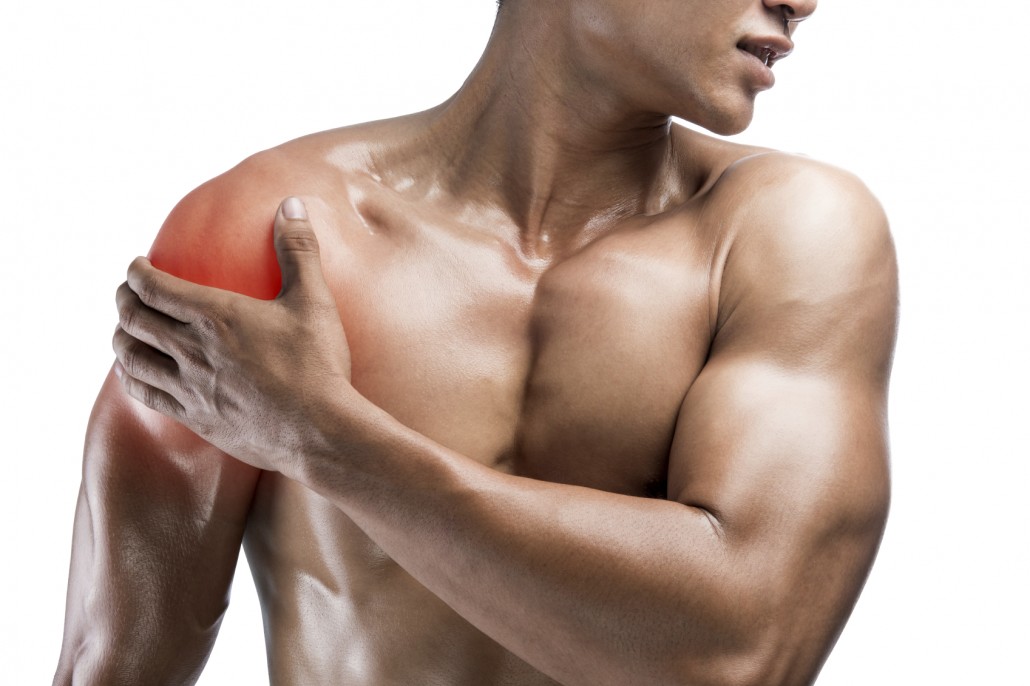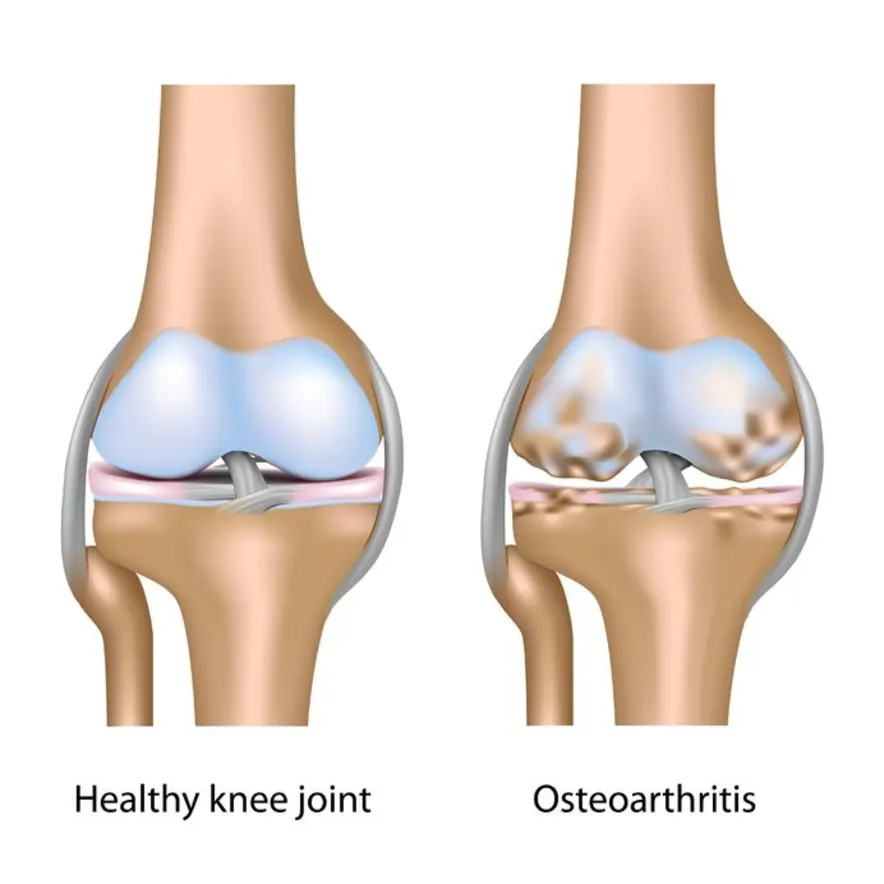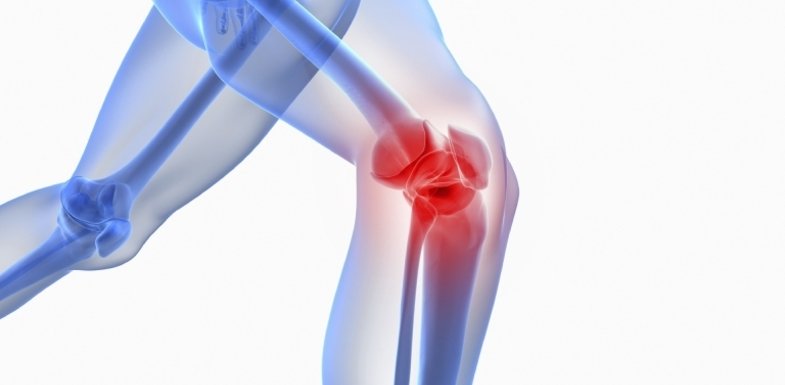Pain, Swelling, Bruising, joint pain, Knee pain, Knee, Bruising, Pain around the affected joint, Limited flexibility, Muscle spasm, Welling, Limited flexibility.
What are Sprains?
A sprain is a stretching or tearing of ligaments — the tough bands of fibrous tissue that connect two bones together in your joints. The most common location for a sprain is in your ankle.
Sprains are classified by severity:
- Grade 1 sprain (mild): Slight stretching and some damage to the fibers of the ligament.
- Grade 2 sprain (moderate): Partial tearing of the ligament. There is abnormal looseness (laxity) in the joint when it is moved in certain ways.
- Grade 3 sprain (severe): Complete tear of the ligament. This may cause significant instability.
What are Strains?
A joint strain is the overstretching or tearing of muscles or tendons. Tendons are the dense fibrous cords of tissue that connect bones to muscles. The most common locations for a muscle strain are the hamstring muscle and the lower back.
The difference between a sprain and a strain is that a sprain injures the bands of tissue that connect two bones together, while a strain involves an injury to a muscle or to the band of tissue that attaches a muscle to a bone.
Root Cause of Disease
A sprain occurs when you overextend or tear a ligament while severely stressing a joint.
Soft-tissue injuries fall into two basic categories: acute injuries and overuse injuries.
- Acute injuries are caused by sudden trauma, such as a fall, twist, or blow to the body. Examples include sprains, strains, and contusions.
- Overuse injuries occur gradually over time when an athletic or other activity is repeated so often that areas of the body do not have enough time to heal between occurrences. Tendinitis and bursitis are common soft-tissue overuse injuries.
Symptoms
Sprains:
- Swelling
- Limited flexibility
- Difficulty using the joint’s full range
- Brushing
- Pain around the affected joint
Strains:
- Muscle spasm
- Pain around the affected joint
- Swelling
- Limited flexibility
- Difficulty using the joint’s full range of motion
Causes
Sprains often occur in the following circumstances:
- Ankle — Walking or exercising on an uneven surface, landing awkwardly from a jump
- Knee — Pivoting during an athletic activity
- Wrist — Landing on an outstretched hand during a fall
- Thumb — Skiing injury or overextension when playing racquet sports, such as tennis
Certain situations make you more likely to injure your joints. These include:
- Athletic activities or exercise, including running or jogging
- Accidents, such as falling or slipping
- Lifting heavy objects
- Overexerting yourself
- Sitting or standing in an awkward position
- Prolonged repetitive motion
Home Remedies to treat Sprains and Strains
Remedy – 1:
Materials: Turmeric, Lime juice, Warm water

Procedure:
- Take a bowl mix two tablespoons of turmeric powder, one tablespoon of lime juice and a little bit of warm water.
- Make a thick paste of the ingredients.
- Apply the paste to the sprained ankle and wrap a bandage.
- Leave it for 10 hours.
- Repeat again every 10 hours and continue this treatment for a week.
Product Link: Turmeric
Remedy – 2: Ice -Cold Compression Therapy or RICE method
Materials: Ice and Towel
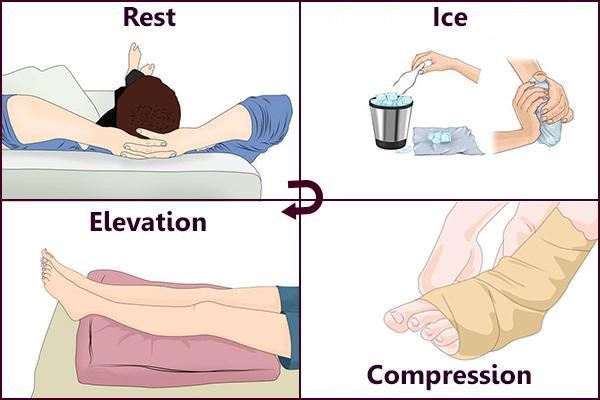
Procedure:
Wrap ice in a towel and hold the ice pack on your sprained ankle. Cold therapy helps the injured tissues to heal faster. Make sure you don’t apply ice directly to your skin as that can cause frostbite or cold injury.
This remedy does wonders for relieving yourself from minor strains and sprains.
R –Rest. The first thing you need to you if you sprain your ankle is to take ample rest. Don’t put any weight on it for at least 48 hours.
I –Ice. Apply cold wrap to the injured ankle multiple times a day to reduce pain and swelling.
C –Compression. Applying compression wrap to your injured ankle can bring down the swelling.
E –Elevation. Keep your injured ankle elevated above the level of your heart. This can be useful in reducing swelling.
Remedy – 3: Ayurvedic Thailams
Materials: Ayurvedic Thailams
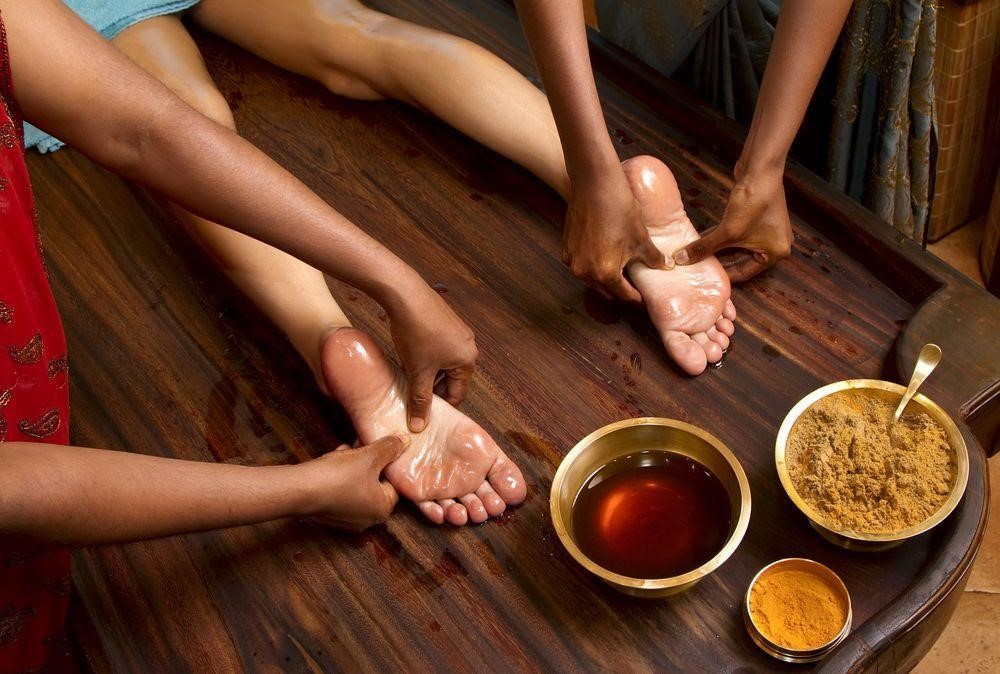
Procedure:
There are a number of medicinal and herbal Ayurvedic oils or thailams that can relieve swelling and pain in no time. Here, you are required to gently massage the affected area with the oil or thailam as advised by your Ayurveda physician.
Remedy – 4: Cabbage for sprain
Materials: Cabbage
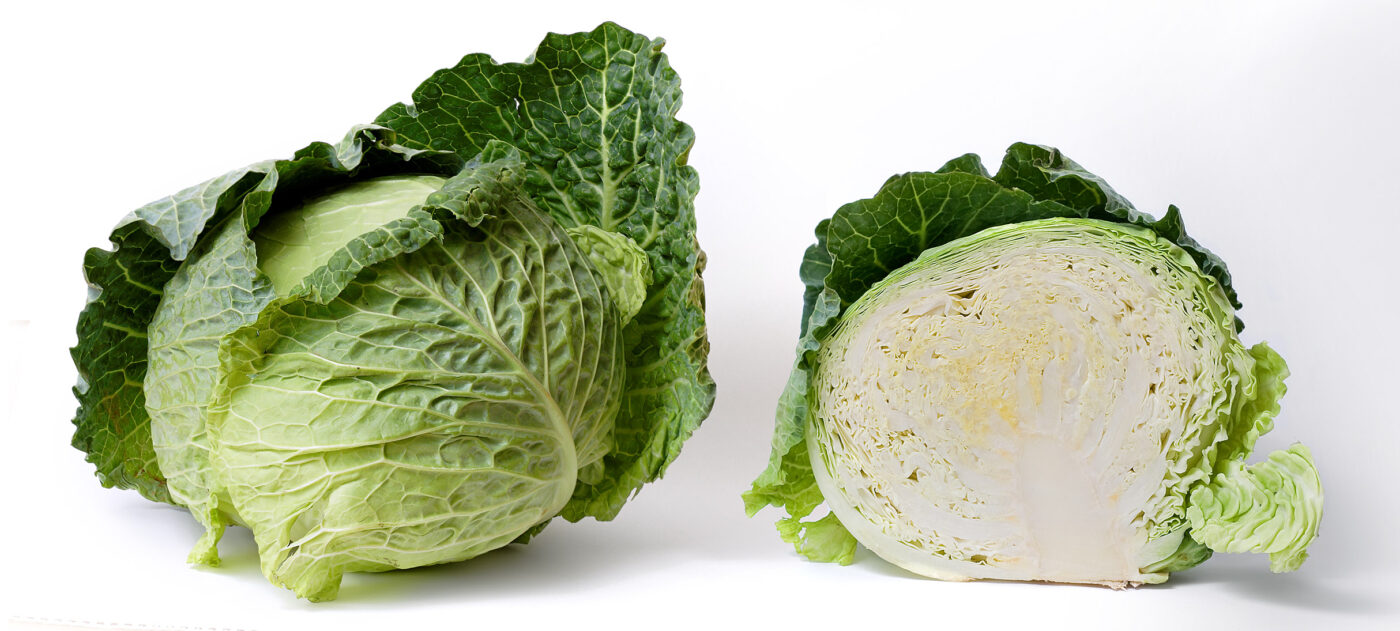
It is known that this natural cure has anti – inflammatory properties which are making it a good topical treatment for simple sprains. Often, cabbage compresses are used to reduce the swelling in the sprains and in broken bones. Also, it is rich in vitamins and phytonutrients which can help to speed the healing process of the sprained ankles.
Procedure:
- You should remove the outer leaves from a head of cabbage.
- You should use a rolling pin to gently bruise the leaves so the juices can be released. You should wrap the cabbage leaves in foil and then warm them in the oven.
- The cabbage leaves should be warm but not hot. You should put the warm cabbage leaves over the painful area. You should secure them with a gauze bandage.
- You should cover the entire area with plastic wrap to retain its warmth. You should leave it for half an hour. You should follow this natural treatment two times per day in a period of two days.
Remedy – 5: Garlic for strain
Materials: Garlic, Coconut oil
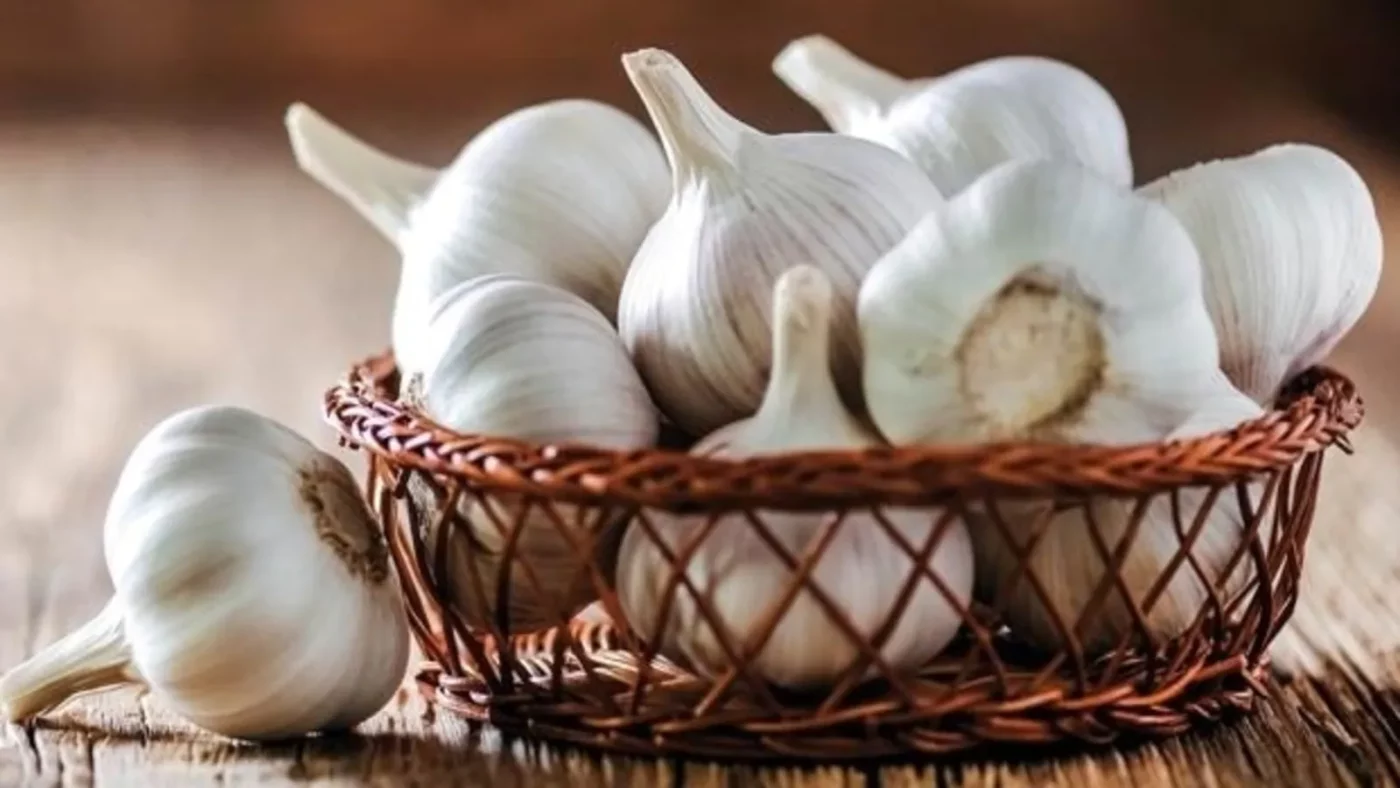
This natural cure has analgesic and anti-inflammatory properties which is making it a very effective home remedy for treating strained muscles . You should massage the affected area with garlic oil because in this way you will get relief from the inflammation.
Procedure:
- On low heat, brown ten garlic cloves in 2 tablespoons of sesame oil or coconut oil.
- You should strain the garlic cloves away and keep this oil in a bowl. You should apply a generous amount of garlic oil to the affected area. You should gently massage this oil into your skin.
- You should let this natural cure stay on your skin for 3 – 4 hours. You should wash it off with mild soap and lukewarm water. Then, you should take a warm bath to increase the effects of the garlic oil.
You should do this natural treatment once per day until you recover completely. Along with this natural cure, you can eat 2 or 3 raw garlic cloves every day.
Other Remedies
- You can expect to get well soon from the agonizing sprain by making pineapple part of your diet. The contents of pineapple have Bromelain, an enzyme which quickens the healing process. The side effects of Bromelain causes dermatitis, so if your skin itches due to the pineapple diet, stop it immediately.
- Massaging the affected area with comfrey oil or cream can help in alleviating the pain.
- Five drops of thyme oil diluted either in bathwater or Some other oil can be used as a compress to get rid of swelling.
- Arnica balm or ointment can be used as cream or a compress for the affected area.
- Horse chestnuts are also very useful for such injuries. Due to its anti- inflammatory properties and presence of a compound called aescin it becomes beneficial for all kinds of injuries. You can spread this gel on the affected area every two hours until the pain subsides.
Preventions
- Regular stretching and strengthening exercises for your sport, fitness or work activity, as part of an overall physical conditioning program, can help to minimize your risk of sprains.
- Try to be in shape to play your sport; don’t play your sport to get in shape.
- If you have a physically demanding occupation, regular conditioning can help prevent injuries.

